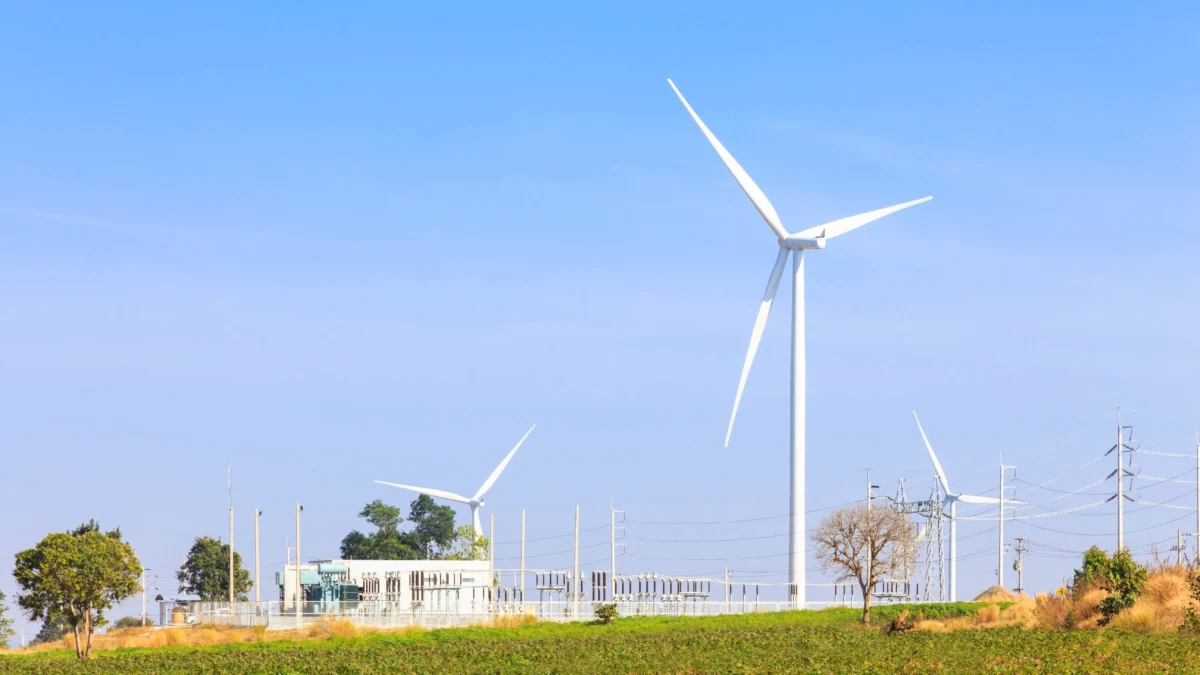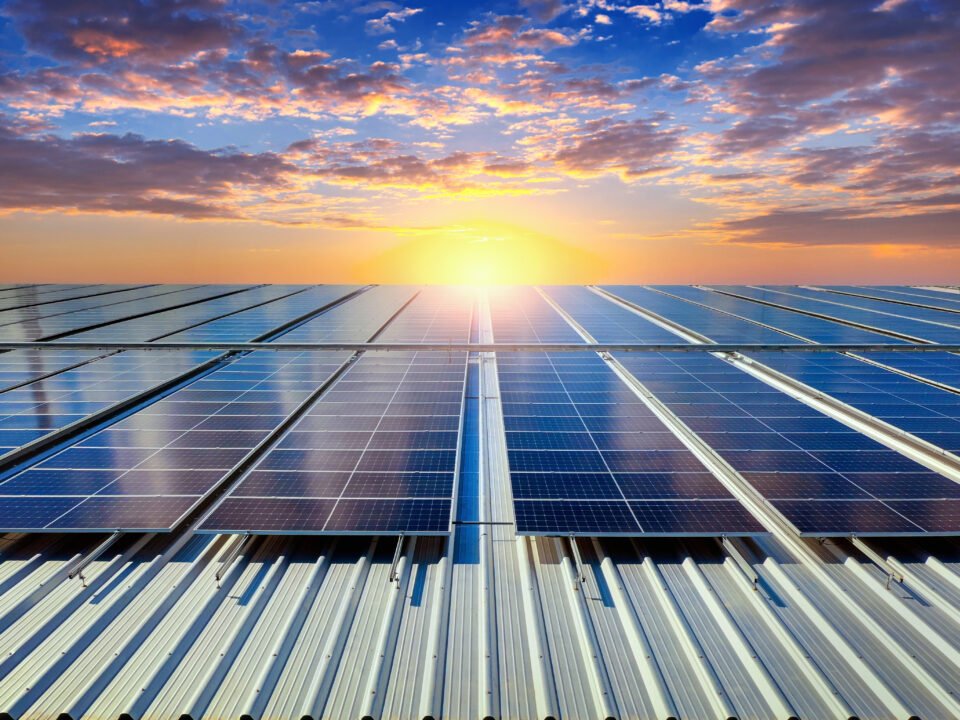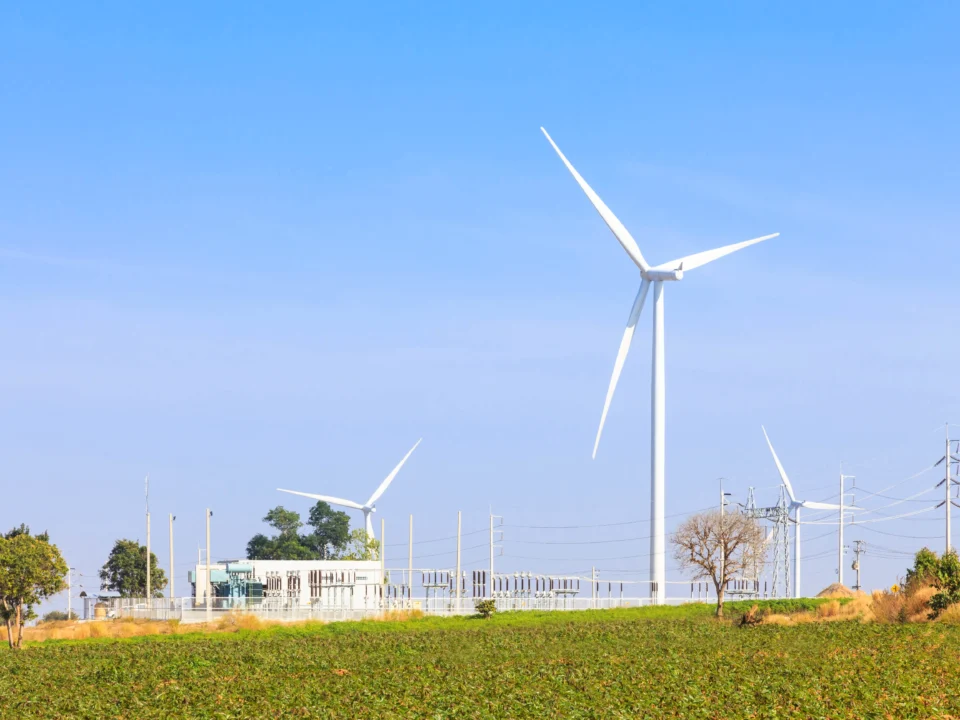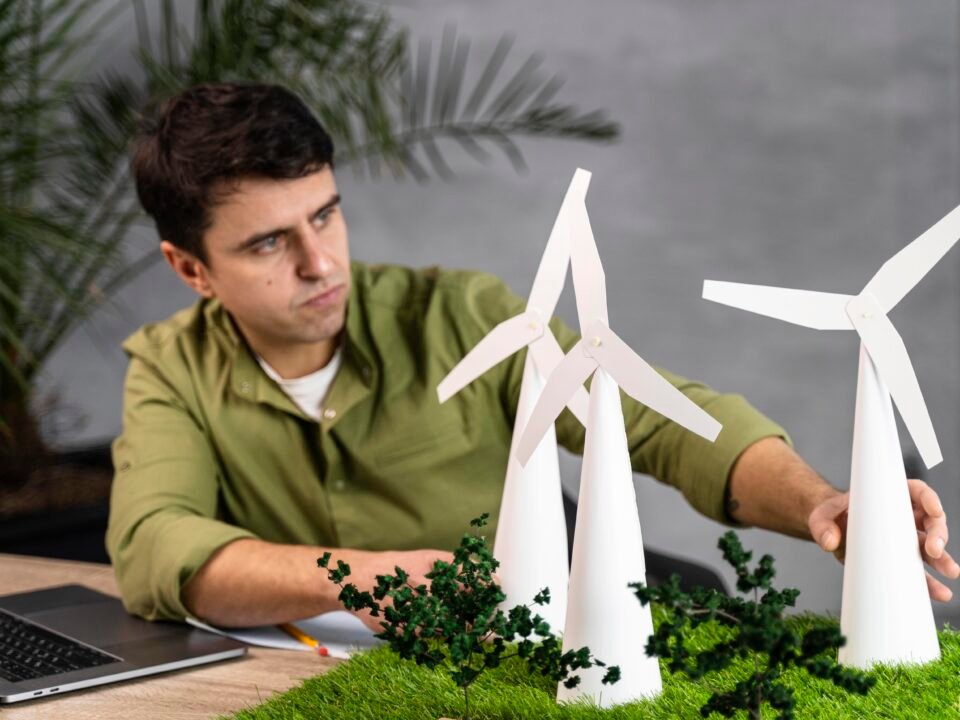As the world shifts toward sustainable energy, many homeowners are exploring the idea of installing a home wind turbine. These systems can harness wind energy to generate electricity, reducing reliance on traditional power sources. But is a home wind turbine right for you? In this guide, we’ll explore the pros, cons, and cost factors to help you make an informed decision.
What Is a Home Wind Turbine?
A home wind turbine is a small-scale wind energy system designed to generate electricity for residential use. These turbines convert kinetic wind energy into usable electricity using a generator. Typically, they are installed on tall towers to capture higher wind speeds. Some homeowners use them as a primary power source, while others use them to supplement their grid electricity.
There are two main types of home wind turbines:
- Horizontal Axis Wind Turbines (HAWTs):
- The most common type, with blades that rotate around a horizontal axis.
- Vertical Axis Wind Turbines (VAWTs):
- A less common but often more aesthetic option, suitable for urban and low-wind environments.
Pros of Installing a Home Wind Turbine
- Renewable Energy Source:
- Wind energy is clean and renewable, reducing your carbon footprint.
- Energy Cost Savings:
- With a wind turbine, you may lower or even eliminate your electricity bills.
- Energy Independence:
- Reduce reliance on utility companies and fossil fuels.
- Incentives and Rebates:
- Various government incentives, tax credits, and rebates may be available.
- Sustainability:
- Contribute to a greener environment by using wind power instead of traditional energy sources.
- Long Lifespan:
- A well-maintained wind turbine can last 20 to 25 years, making it a long-term investment.
Cons of Installing a Home Wind Turbine
- Initial Cost:
- Installation and equipment costs can be high.
- Variable Energy Production:
- Wind energy generation depends on wind availability, which varies by location.
- Noise and Aesthetic Impact:
- Some turbines produce noise, and their appearance may not suit all landscapes.
- Space Requirements:
- You need sufficient land for proper turbine installation.
- Maintenance:
- Regular inspections and repairs may be required to ensure optimal performance.
- Impact on Wildlife:
- Wind turbines can pose risks to birds and bats in certain areas.
Cost Analysis of a Home Wind Turbine
The cost of a home wind turbine can vary depending on factors like size, brand, and installation complexity. Here’s a breakdown of the typical expenses:
- Turbine Cost: $3,000 to $8,000 per kilowatt (kW) capacity
- Installation Costs: $10,000 to $70,000, depending on system size
- Maintenance: $100 to $300 annually
- Battery Storage (Optional): $5,000 to $15,000 for energy storage
Payback Period
The payback period for a home wind turbine depends on electricity rates, wind speed, and incentives. On average, it can take 6 to 20 years to recoup your investment through energy savings.
Factors Affecting Cost
- Wind Speed:
- Higher wind speeds increase energy generation and reduce payback time.
- Location and Zoning Laws:
- Some areas have restrictions on turbine height and placement.
- Turbine Size:
- Larger turbines produce more energy but are more expensive.
- Grid Connection:
- Connecting to the grid involves additional costs and regulatory requirements.
- Incentives and Tax Credits:
- Federal and state incentives can significantly reduce upfront costs.
Is Your Home Suitable for a Wind Turbine?
Before installing a wind turbine, assess your property’s suitability:
- Wind Speed:
- Ideal wind speeds are 10-12 mph for effective energy production.
- Land Space:
- You’ll need at least one acre of open land.
- Local Regulations:
- Check with your local authorities for permits and restrictions.
- Proximity to Neighbors:
- Ensure sufficient distance to minimize noise disturbance.
- Energy Usage:
- Analyze your current electricity consumption to determine the appropriate turbine size.
Maintenance and Longevity
Maintaining a home wind turbine is essential to ensure its longevity and performance. Regular maintenance tasks include:
- Inspecting and tightening bolts and electrical connections.
- Checking for blade damage or wear.
- Monitoring system performance through software or control panels.
- Cleaning the blades and lubricating moving parts.
Professional maintenance checks every 1-2 years are recommended.
Environmental Impact
While wind turbines produce clean energy, they are not without impact. Manufacturing and installing turbines require resources, and improper siting can harm local wildlife. Choosing a responsible installer who follows best practices for minimizing environmental impact is essential.
Conclusion
A home wind turbine can be a sustainable and cost-effective energy solution for the right homeowner. By weighing the pros and cons and conducting a thorough cost analysis, you can determine if it’s the right choice for your energy needs. If you live in a windy area with ample space and are committed to green energy, a home wind turbine could be a wise investment.
Ready to take the next step? Consult with a professional to assess your site’s potential and explore available incentives. Clean, renewable energy could be just a breeze away!




